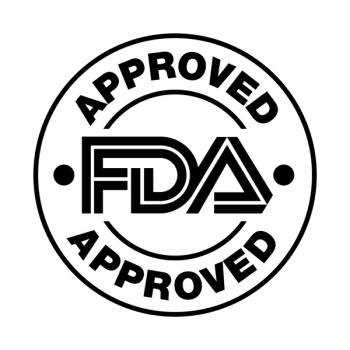
The biosimilar to ustekinumab is approved for patients 6 years and up, and is expected to be marketed on or after February 21, 2025.

The biosimilar to ustekinumab is approved for patients 6 years and up, and is expected to be marketed on or after February 21, 2025.

Abeona's pz-cel is up for indicated use to treat patients with recessive dystrophic epidermolysis bullosa.

An assessment into development scores before, during and after the COVID-19 pandemic show children aged 0 - 5 years old may only had been minimally impacted in communication and problem-solving skills.

Treatment with intravenous iron therapy proves more efficacious than oral or no iron therapy in improving hemoglobin in pediatric patients admitted with IBD and IDA.

Get caught up with our journal! Review some of the top stories from the Contemporary Pediatrics website over the last week, and catch up on anything you may have missed.

A new study explored increased health care utilization of children among several specific sleep disorders, race, and age.
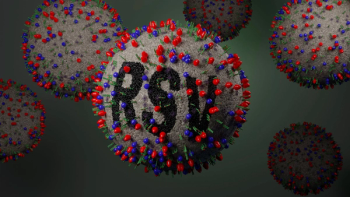
Cohort analysis shows the rate of RSV hospitalizations among children up to 5 years old skyrocketed in 2021—and then nearly doubled again in 2022—compared to pre-pandemic rates.

This analysis looked at the potential connection between SARS-CoV-2 test positivity and new asthma diagnoses.

A discussion of outpatient management and treatment of eating disorders in youth patients, plus the importance of a multidisciplinary team throughout the process.

A recent study revealed that employing maternal heart rate monitoring alongside fetal heart rate monitoring during labor significantly decreases the incidence of neonatal encephalopathy and severe neonatal acidemia.
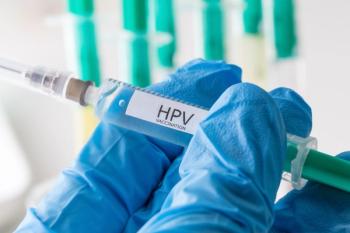
A recent study found that human papillomavirus vaccination when aged under 20 years, coupled with active surveillance for cervical intraepithelial neoplasia grade 2, significantly lowers the risk of cervical intraepithelial neoplasia grade 3 or cervical cancer.

A study recently published in Nature Mental Health found how social stress in adolescence can have long-lasting effects in female mice, with implications for postpartum depression (PPD) in humans.

The 5-in-1 vaccine candidate has the potential to reduce shots and simplify the immunization process.

“These findings suggest that primordial and primary interventions to prevent and reduce elevated childhood non–HDL-C levels may help prevent premature CVD," wrote the study authors.
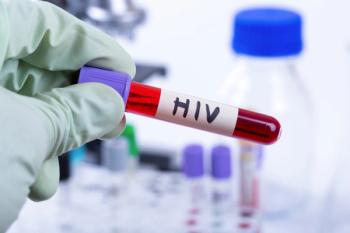
The low-dose, coformulated regimen was well tolerated, and overall data supports its use in children with HIV aged 2 years and older weighing between 30.86 lbs (14 kg) and 55.11 lbs (25 kg).
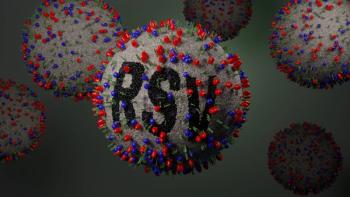
The monoclonal antibody was approved by the FDA on July 17, 2023 and quickly saw high demand at the onset of the RSV season.

Get caught up with our journal! Review some of the top stories from the Contemporary Pediatrics website over the last week, and catch up on anything you may have missed.

Allison Scott, DNP, CPNP-PC, IBCLC, reviews the updated breastfeeding guidelines from the American Academy of Pediatrics.

Juanita Mora, MD, breaks down the FDA approval of benralizumab as an add-on maintenance therapy among patients with severe asthma aged 6 to 11 years.

The FDA approval of benralizumab for patients ages 6 to 11 with asthma follows the conclusions of the phase 3 TATE study.

The CDC's take on the importance of HIV awareness and testing among our youth.

April 10, 2024 is National Youth HIV & AIDS Awareness Day.

When deciding whether to keep their child home from school, 4% of parents contacted a health care provider for advice.

A recently published study in JAMA sought to determine if there is a link between acetaminophen use during pregnancy and children’s risk of developing autism, ADHD, or intellectual disabilities.

"Our findings provide evidence for a direct association between maternal smoking during pregnancy and wheeze occurrence," wrote the authors.
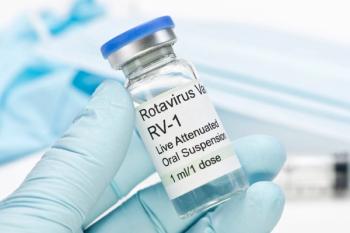
A study on Italian vaccination rates and factors influencing Rotavirus vaccine acceptance.

The treatment is approved for adolescents aged 12 years and older.

A young woman with no significant past medical history returns from hiking with several white-spotted ticks and experiences erythematous papules, rashes, headaches, and fatigue. What’s the diagnosis?

Get caught up with our journal! Review some of the top stories from the Contemporary Pediatrics website over the last week, and catch up on anything you may have missed.

Natasha Hoyte, MPH, CPNP-PC, explains how important PrEP and PEP in school health programs can be for youth, and the crucial role awareness plays.